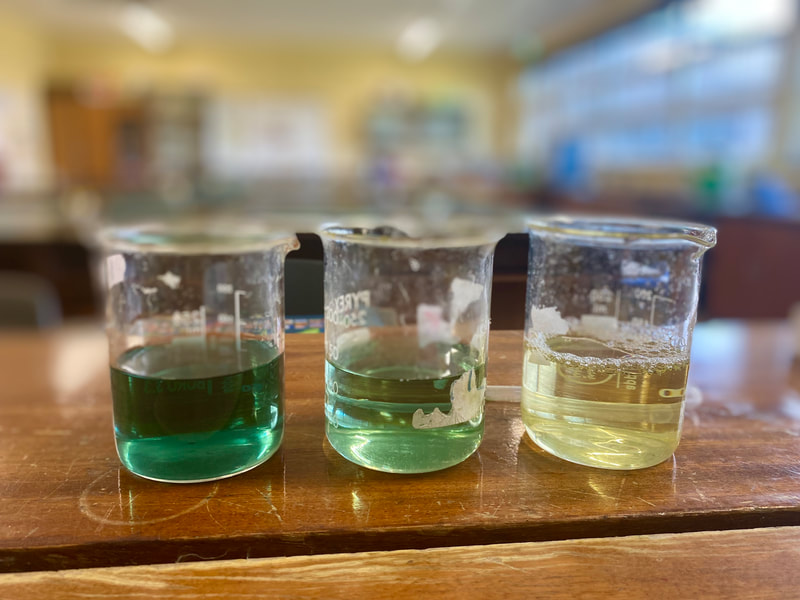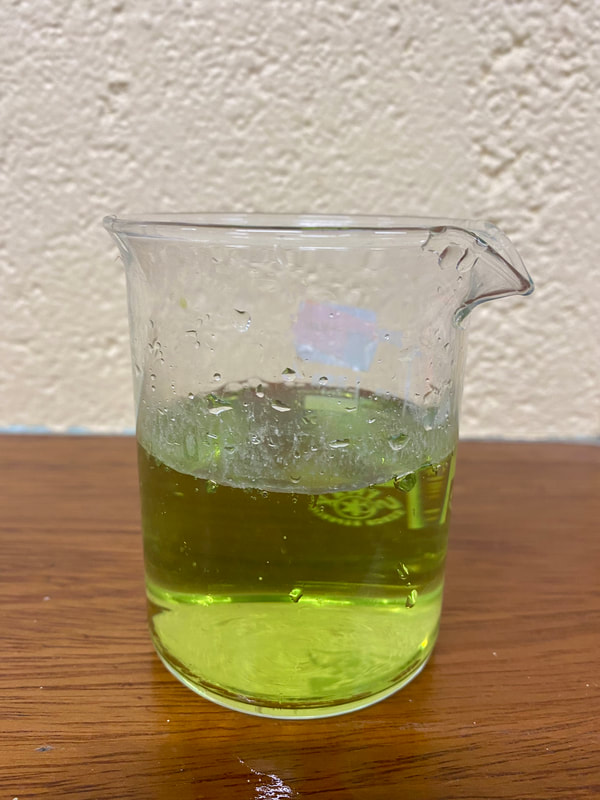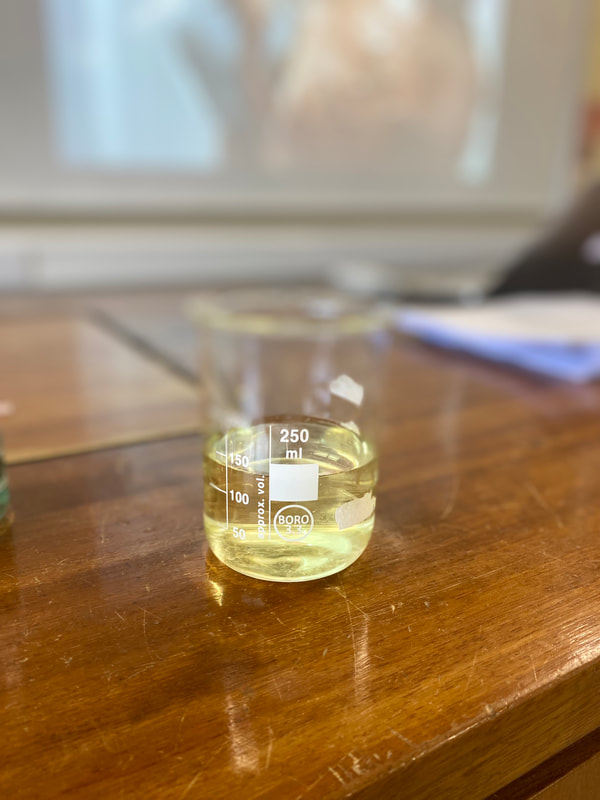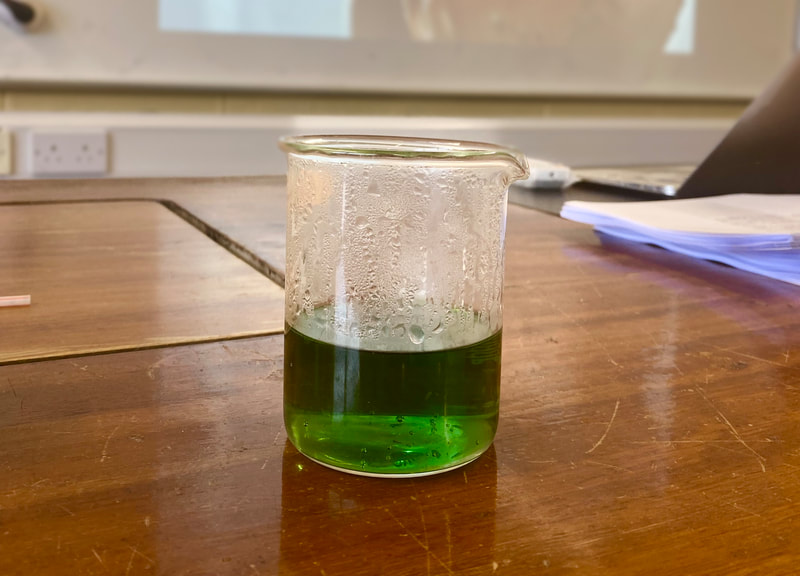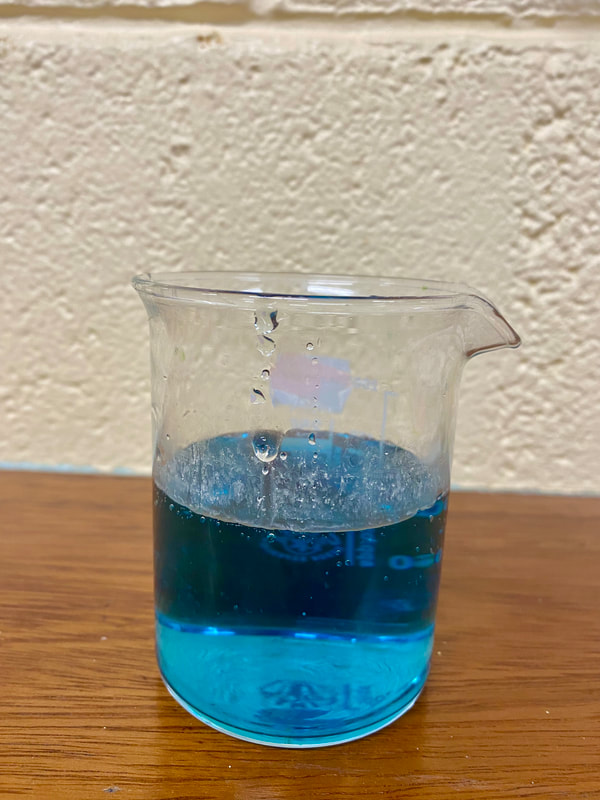Demonstrating what carbon does to Earth's Oceans:
|
Introducing CO2 into water can make it more acidic by blowing into it with a straw.
Our oceans absorb a lot of CO2 from the atmosphere, they act as a major carbon store. From this activity it is evident that when water absorbs carbon dioxide the pH changes from neutral to acidic. This is known as ocean acidification. It is the process by which carbon dioxide (CO2) in the atmosphere dissolves in the upper waters of the ocean (H2O) and through a chemical reaction becomes carbonic acid (H2CO3). Is this reversible? Yes it is. Placing the beaker on a hotplate for a few minutes shows the colour change back to the original colour. Warm water cannot dissolve as much carbon dioxide as cold water, so the carbon dioxide is forced out back into the atmosphere. This can be related to global warming, as our oceans are heating up they won't be able to have a same volumes of carbon dioxide dissolved in them. This has major effects for animals. The increased acidity decreases the amount of carbonate ions available in the ocean. Some living creatures such as prawns, clams and scallops rely on carbonate to build their shells. Lower levels of carbonate in the ocean would mean that living things would need to use more energy to create coral reefs their shells. As more energy is spent on building their shells, less energy is available for other processes such as reproduction and growth and can even led to starvation. Ocean acidification is happening in all areas of the ocean. As a result it is damaging ocean health. |
|

